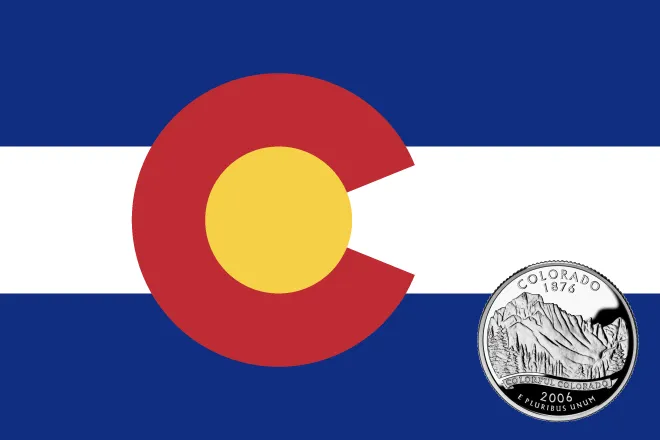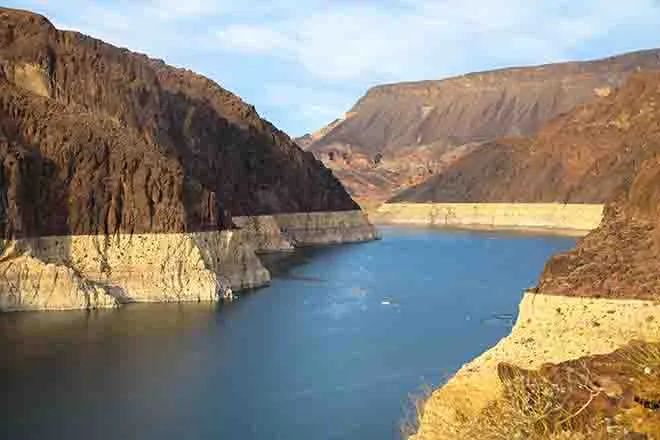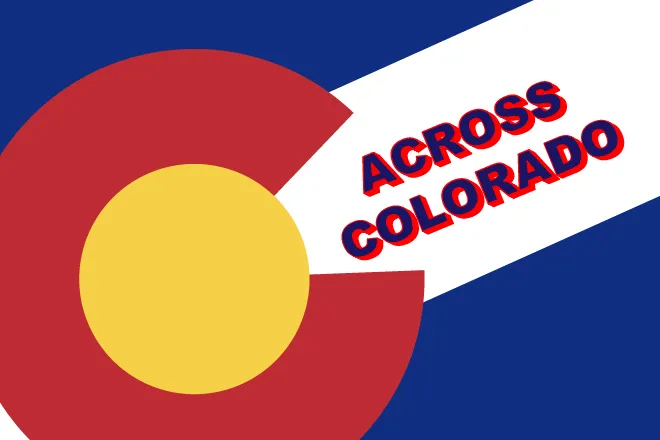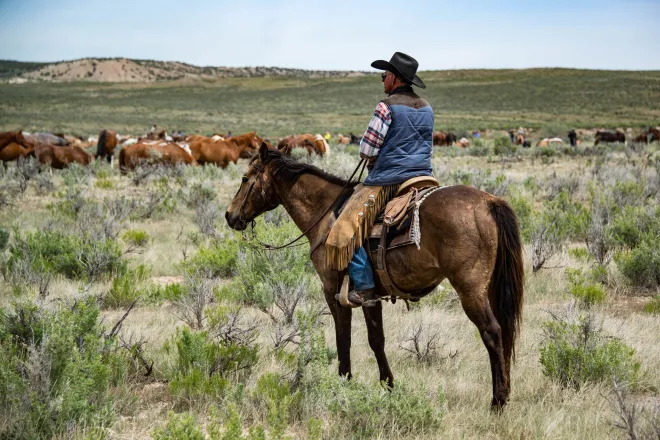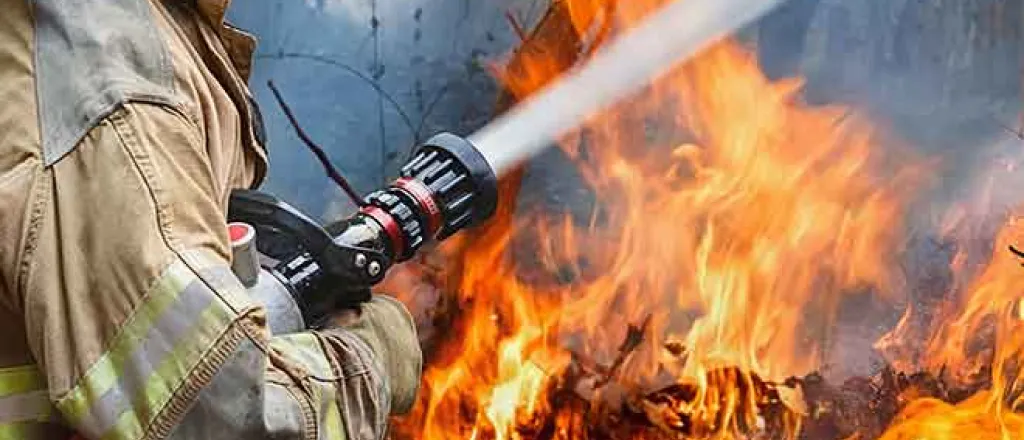
Colorado aims to reduce catastrophic wildfire risks through prescribed burns
Click play to listen to this article.
A new Colorado law aims to reduce the risk of catastrophic wildfires by providing financial protection for trained and certified individuals to safely manage prescribed burns.
Low-intensity prescribed burns can remove hazardous fuel sources such as brush piles, dead or dying vegetation, leaf litter and small trees.
Parker Titus, Colorado fire program manager for The Nature Conservancy, said fire practitioners have been reluctant to take on projects in Colorado, even though fewer than 1 percent of all burns spread beyond established parameters.
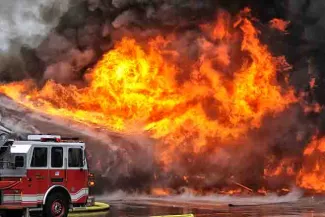
© iStock - Glenn_Hewitt
"Liability concerns are a major barrier to the use of prescribed fire," Titus acknowledged. "Lack of attainable insurance dissuades many fire-trained and qualified individuals from using this proven tool."
Senate Bill 7 creates a new prescribed fire liability claims fund to act as a safety net for certified burn managers, which can include private landowners. The bill also creates an easier pathway for burn managers with previous training, experience and certifications in other states to be certified in Colorado.
Paul Cada, wildland battalion chief for Vail Fire and Emergency Services, said in order to truly mitigate catastrophic wildfire risks, efforts must be scaled up on orders of magnitude, and bringing in more people who can do the work safely is a step in the right direction. He estimated Colorado's current capacity to clear excess fuel stores is somewhere around 1 percent of what's actually needed.
"While this is not the silver bullet that gets us up to 100 percent capacity," Cada pointed out. "Anything that we can do to add capacity is certainly going to help."
Fire is a natural event on landscapes and Indigenous peoples have used prescribed burns to keep forests and grasslands healthy for centuries.
Rebecca Samulski, executive director of the nonprofit Fire Adapted Colorado, said ecosystems depend on occasional fires to rejuvenate soil and make space for vegetation wildlife depend on.
"Those fires are essential for returning nutrients to the ground and opening up the canopy so that the sun can get through and grasses can grow and flowers can grow," Samulski explained.

